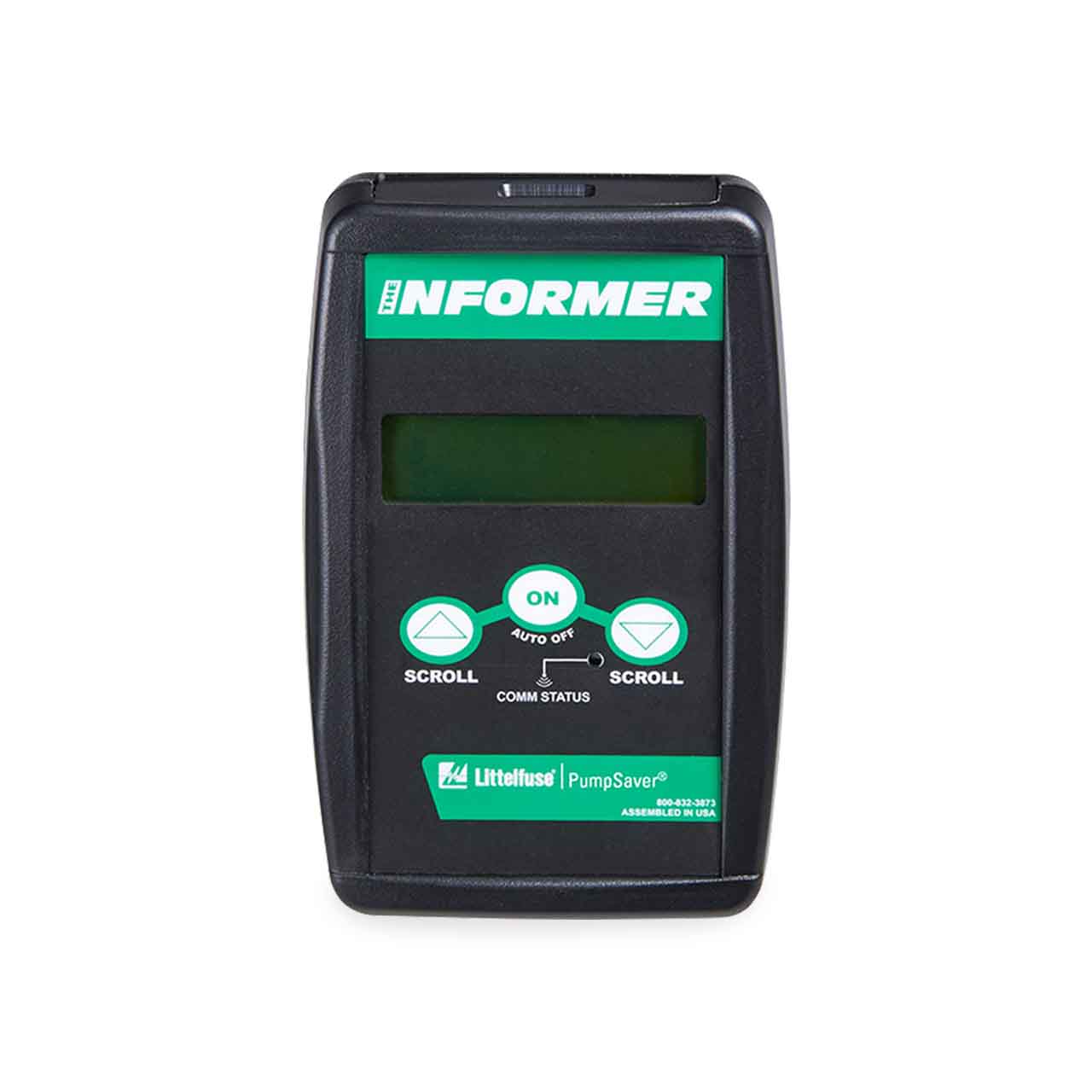It's too late this year to capture rain water in most of California. Except for the high sierras it only rains in the winter. To make it worse the rainy season seems to have ended early this year.
Our setup has a 10,000 gallon tank way up the hill from the house and well. Even that doesn't last long between watering the garden, lawn and home use. In the last drought ~5 years ago our well started sucking air. In that drought we stopped watering the lawn and cut back on the garden and made it through. The lawn makes a good fire break for the house but if it gets too dry to maintain it I'll have to do something else.
We have a pumpsaver on the well which shuts it off when the pump overspeeds or has other errors (which are generally caused by low water). It records the events. I use a small device sold by the same company to read out it's memory and find out when it's had soft and hard errors so I can tell when the level is getting low, before it shuts off. It's an electric device which you can add at the well head.
This is the one we have:
SymCom PumpSaver 231 INSIDER-P | Pump Protection
The fiber optic cable hanging off it is what you use to read the data, using this:
The Informer is a handheld diagnostic tool designed for use with single-phase PumpSaver® and PumpSaver®Plus models equipped with infrared LED transmitters.

www.rcworst.com

